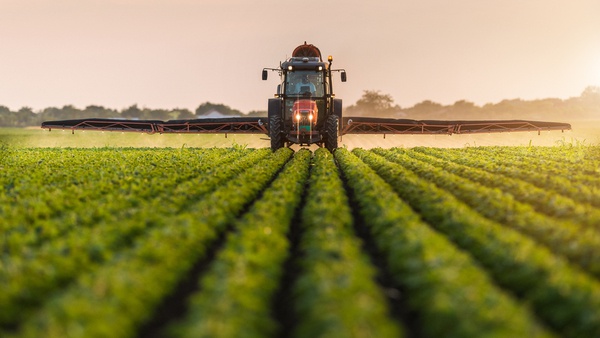INDIANA – A conservation record has been broken by Hoosier farmers.

The latest results from the Conservation Tillage Transect survey reveal that 1.7 million acres of farmland are now under living cover across all crops in Indiana.
This significant milestone underscores the increasing adoption of cover crops by farmers, driven by their multiple benefits for soil health water management and overall farm productivity.
“Protecting soil, our most vital natural resource, is top of mind for our Indiana farmers and year after year our farmers are breaking their own conservation records” said Lt. Gov. Suzanne Crouch, Indiana's Secretary of Agriculture and Rural Development. “Through the implementation of cover crops and other conservation efforts, farmers are ensuring our land and water resources remain healthy and productive for years to come."
Although the conservation transect does not differentiate between cover crops and small grains, Indiana farmers typically plant fewer than 300,000 acres of small grains annually, so cover crops vastly dominate the 1.7 million estimated acres.
Overwintering living covers (i.e. - cover crops and small grains, like wheat) are known for their environmental benefits. Cover crops and small grains help increase organic matter in the soil and improve overall soil health by adding living roots to the soil more months of the year. Cover crops also improve water infiltration into the soil, while other covers, like legumes serve as natural fertilizers.
As a result of the cover crops and other overwintering covers planted last year, it is estimated that 1.8 million tons of sediment was prevented from entering Indiana’s waterways, which would fill about 18.4 thousand train freight cars.
The conservation survey also showed that about 69 percent of row crop acres were not tilled and about 17 percent had employed reduced tillage over winter, after the 2023 harvest. This early spring survey is not intended to quantify pre-planting tillage.




Post a comment
Report Abusive Comment